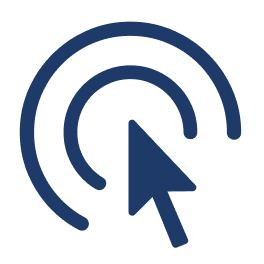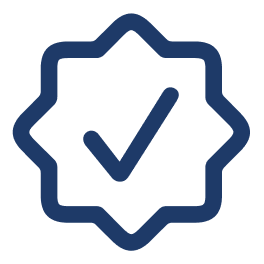When learning English, familiarizing yourself with appearance and body parts terminology is essential. These words help you describe yourself and others, enabling better communication.
Basic Vocabulary for Body Parts
Each body part has a distinct name in English. Learning these names is the first step to enhancing your descriptive language skills. Here is a table with some common body parts:
What's your English level?
Discover your level now: A1/A2/B1/B2/C1/C2 and GET your certificate!
| Body Part | Description |
|---|---|
| Head | Contains the brain and sensory organs |
| Arm | Upper limb used for various activities |
| Leg | Lower limb used for movement |
| Foot | Part of the leg used for standing and walking |
| Hand | Used for grasping and holding objects |
Describing Appearance in English
Discussing someone’s appearance involves more than just naming body parts. It’s about describing characteristics like height, weight, and facial features. Common phrases include “tall and slim,” “short and stocky,” or “bright-eyed.” You can learn more about adjectives used in descriptions from Cambridge Dictionary.
Adjectives for Describing Appearance
Adjectives are crucial when talking about appearance, as they provide detailed descriptions. Some useful adjectives include:
- Tall – Someone of great height
- Curly – Describes a type of hair texture
- Blonde – Refers to light hair color
- Athletic – A physically fit person
Enhance your vocabulary with the help of resources like Merriam-Webster.
Describing Faces and Features
The face is often one of the first features described when referencing a person’s appearance. Common descriptors include:
- Round – Referring to the shape of a face
- Sharp – Distinctive features like high cheekbones
- Freckled – Having small patches of darker skin
Importance of Cultural Sensitivity
While describing appearance and body parts, it is important to be culturally sensitive and respectful. Different cultures may have varying views on beauty and body image. Educating yourself about these differences can prevent misunderstandings.
Learn with Interactive Tools
Practicing and testing your vocabulary knowledge is key to language improvement. Participating in interactive exercises or quizzes can greatly aid your learning process. You can check your English level using the GET Global English Test.
Role of Body Language in Communication
Body language plays a significant role in communication. It includes gestures, facial expressions, and posture, all of which convey messages without words. Understanding body language can help in interpreting emotions, intentions, and attitudes during interactions.
Case Study: Cultural Variations in Body Language
In some cultures, specific body language gestures have different meanings. For example, a nod of the head may signify agreement in one culture but disagreement in another. Being aware of these cultural nuances is crucial for effective cross-cultural communication.
Statistics on Body Image Perception
Research shows that body image perception can significantly impact self-esteem and mental health. In a survey conducted among adolescents, over 70% reported dissatisfaction with their body image. Understanding how societal influences shape body perceptions is essential in promoting positive self-image.
Q&A: How Can I Improve My Descriptive Skills?
Improving your descriptive skills involves practice and exposure to diverse vocabulary. Reading books, watching films, and engaging in conversations can help you learn new words and phrases for better descriptions. Additionally, using descriptive adjectives in everyday speech can enhance your communication abilities.
Conclusion
Mastering the vocabulary about appearance and body parts not only improves your descriptive abilities but also enhances overall communication skills. Stay curious and utilize all available resources to continue your learning journey.




